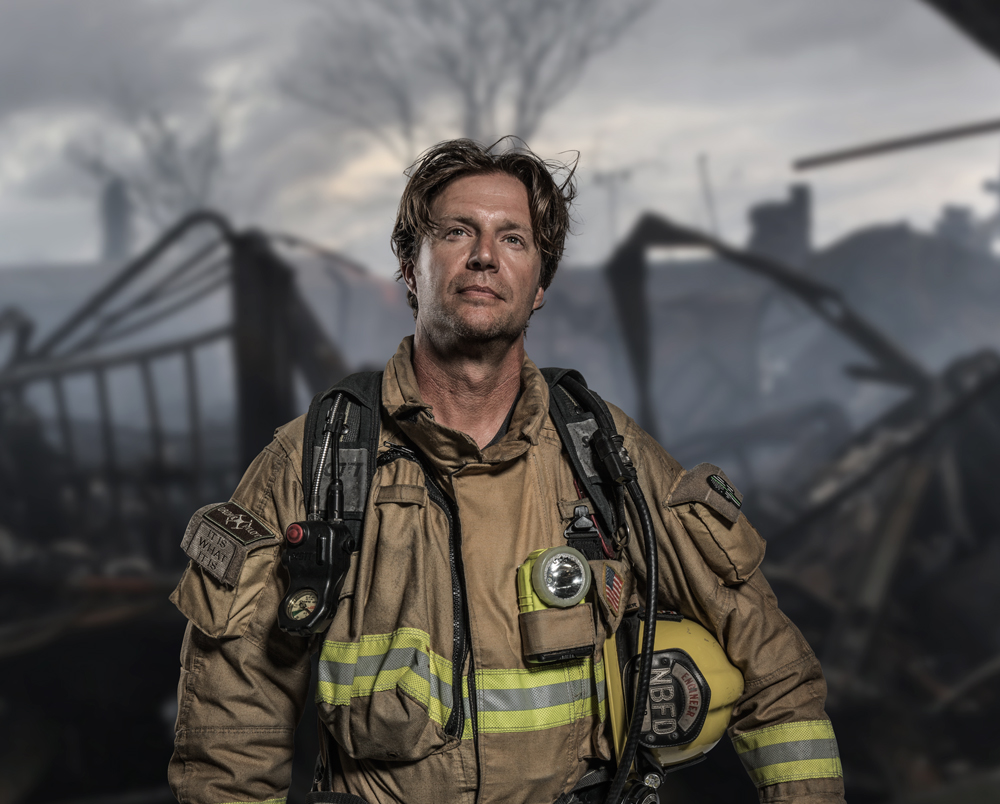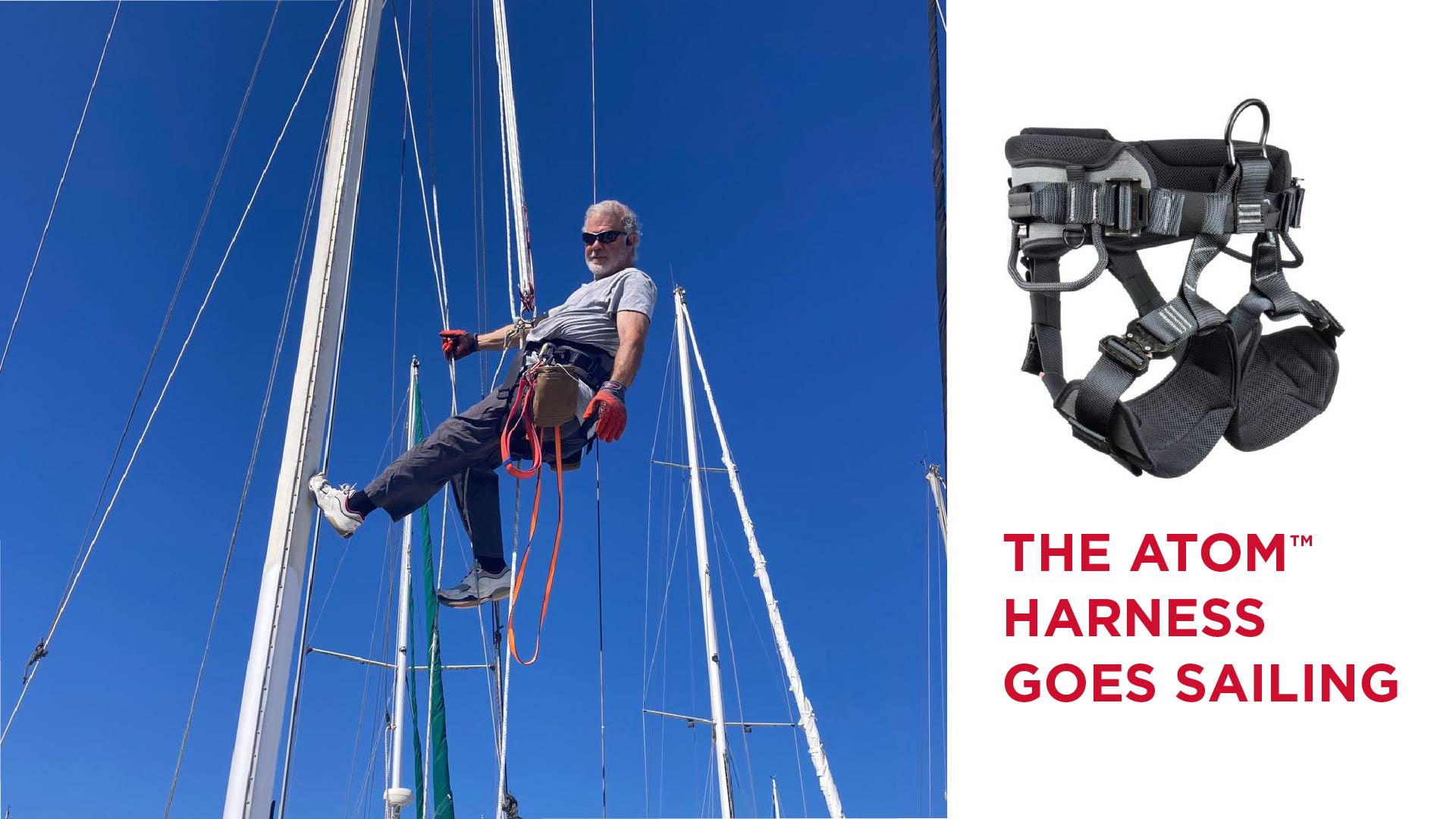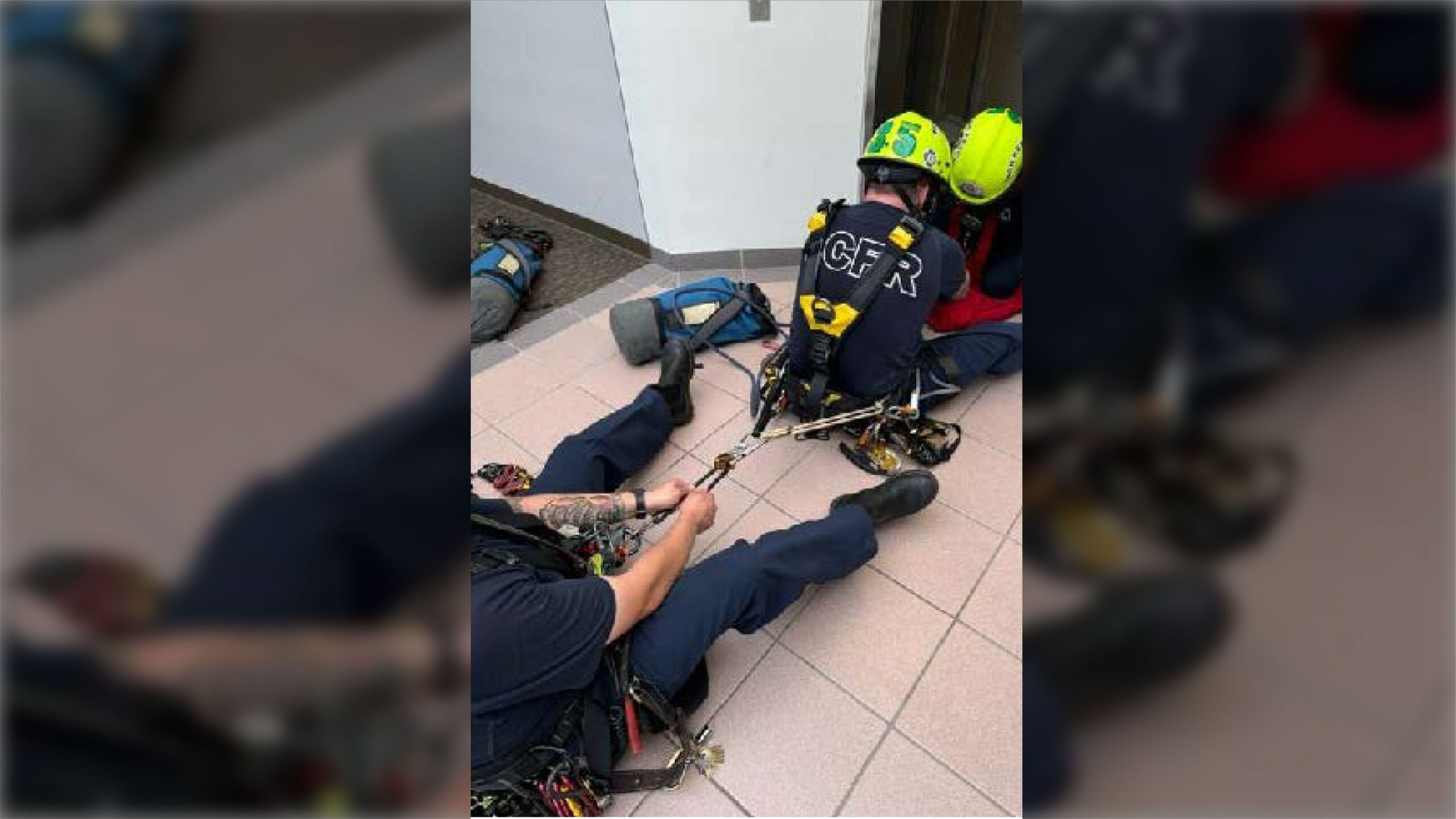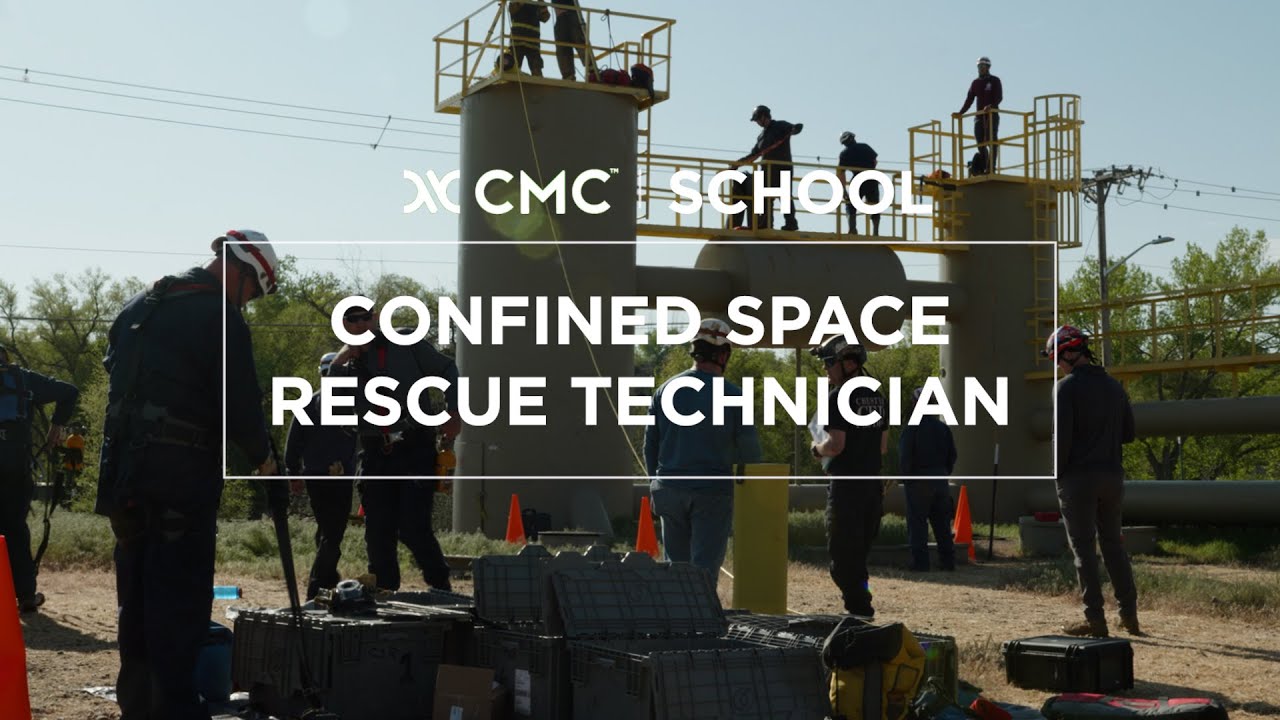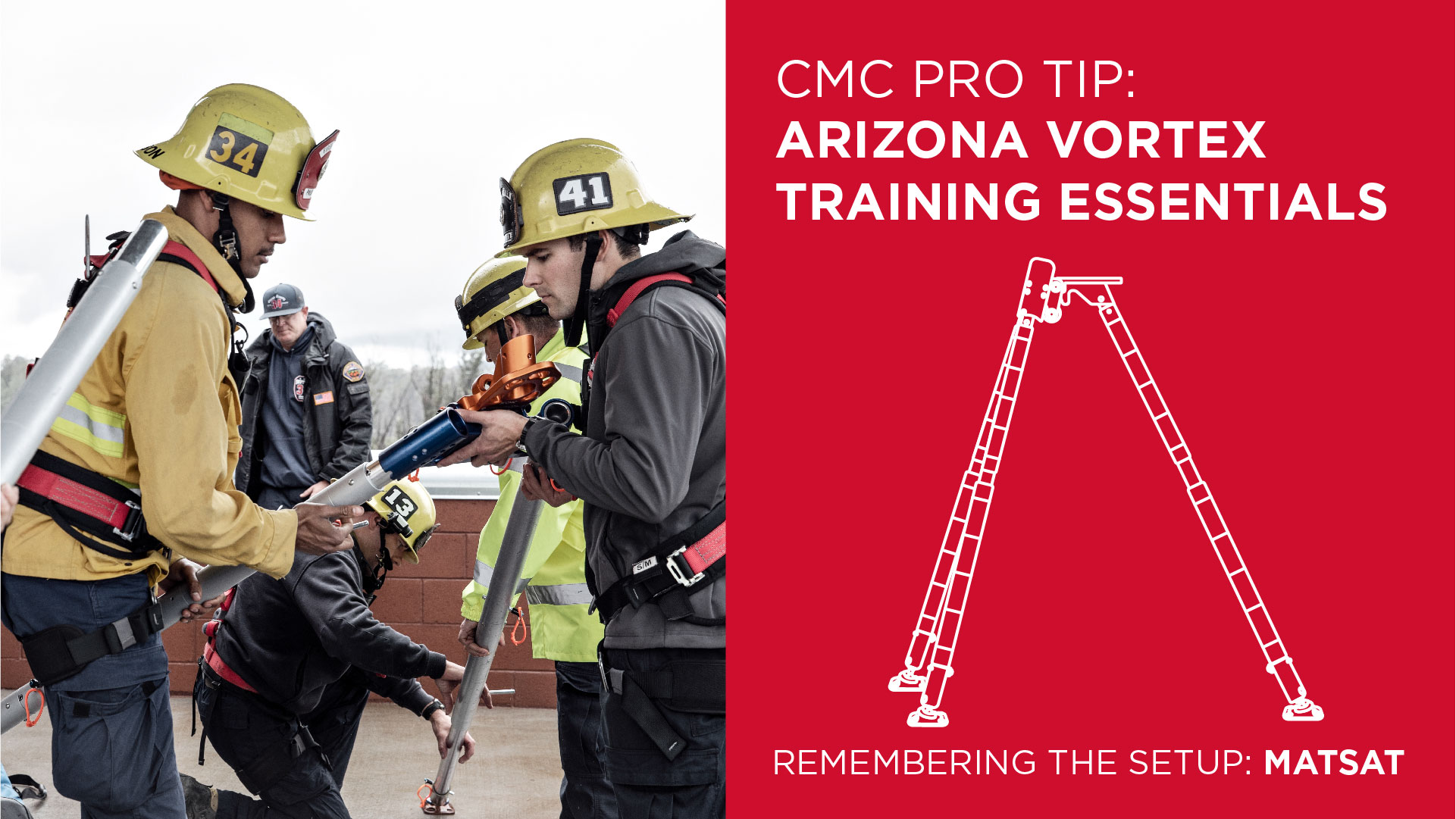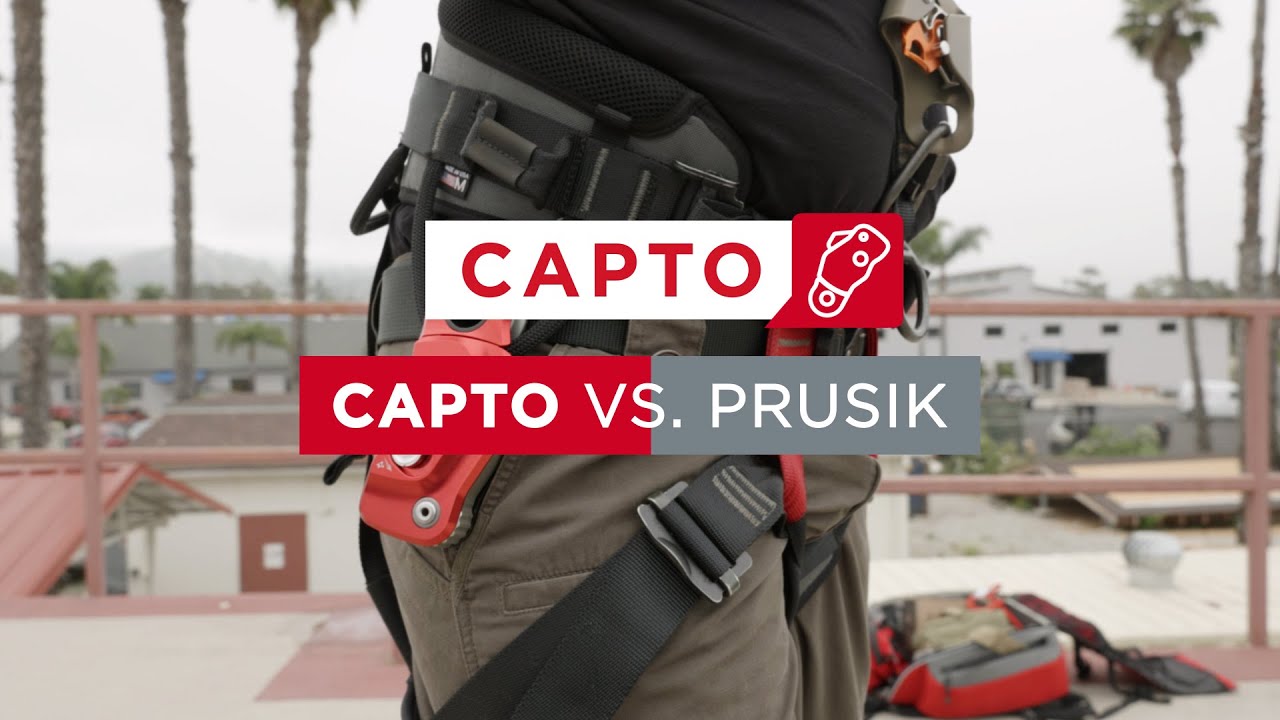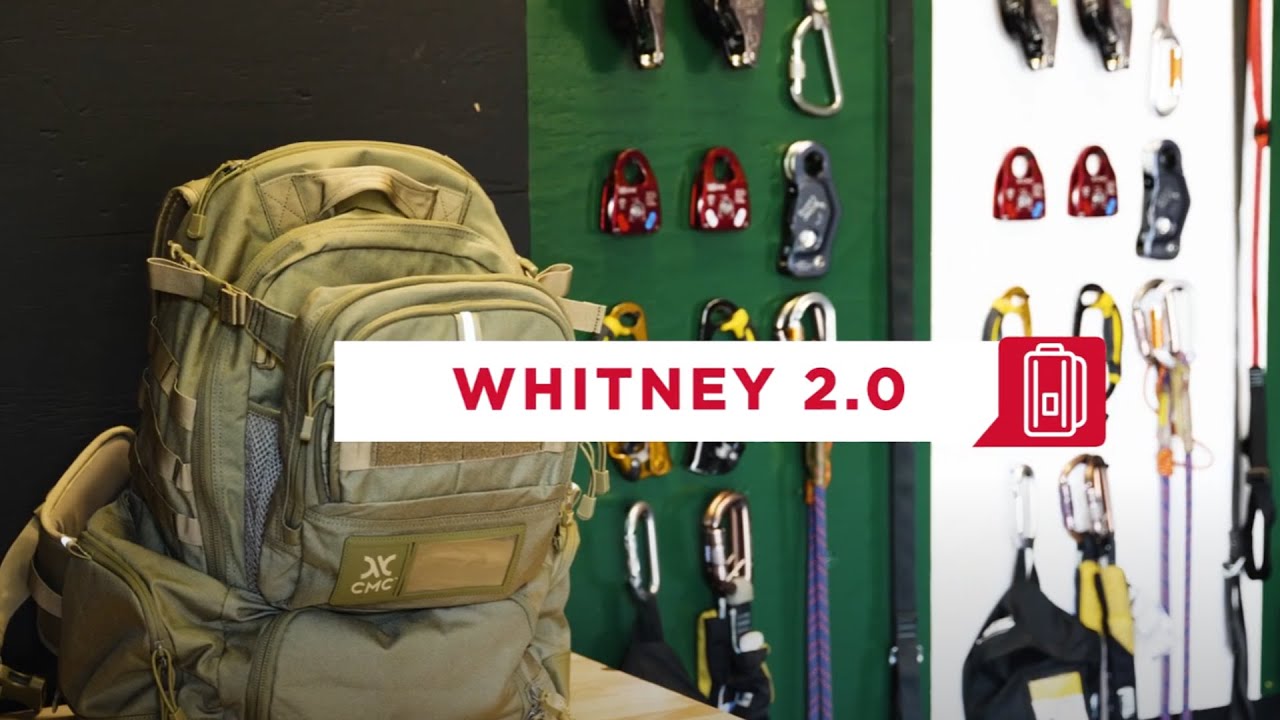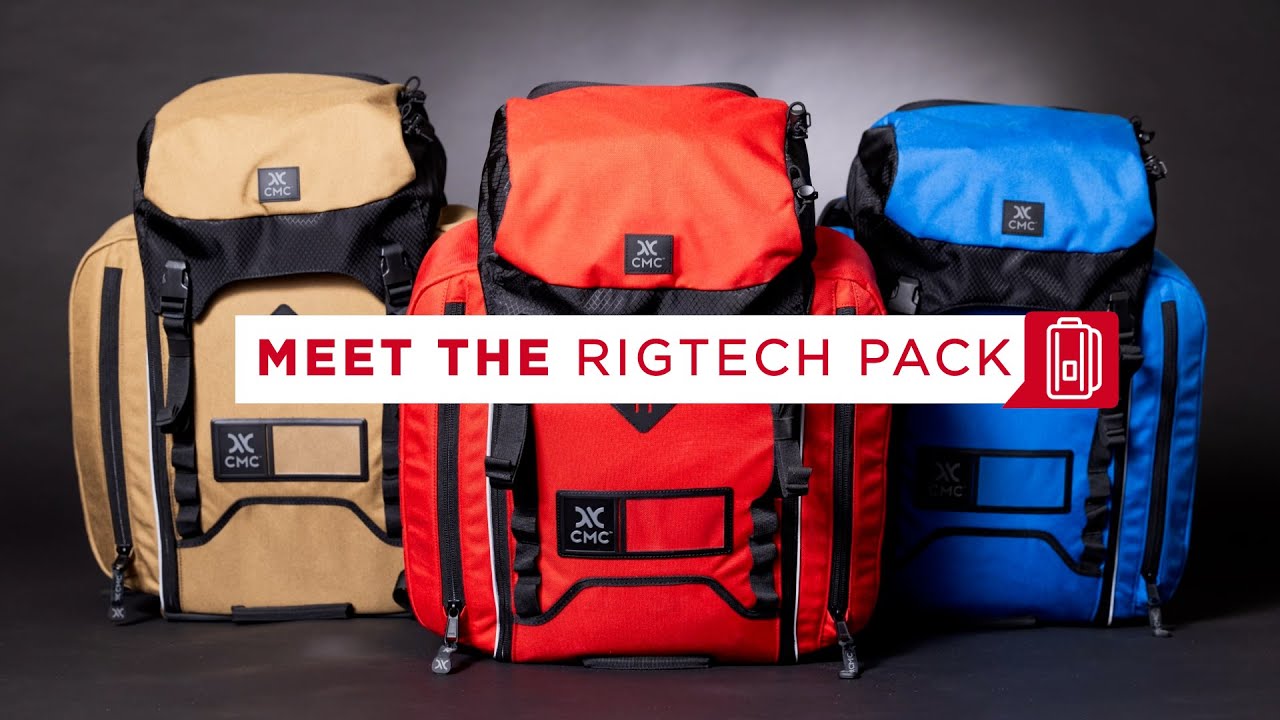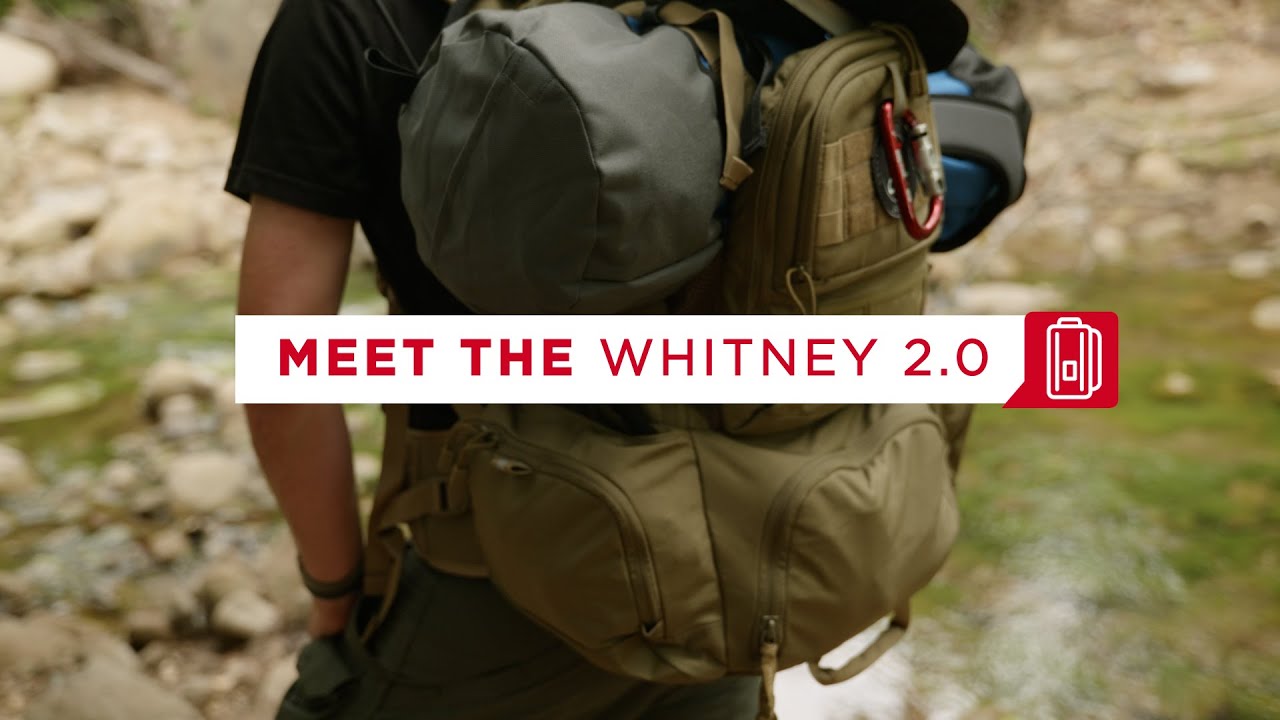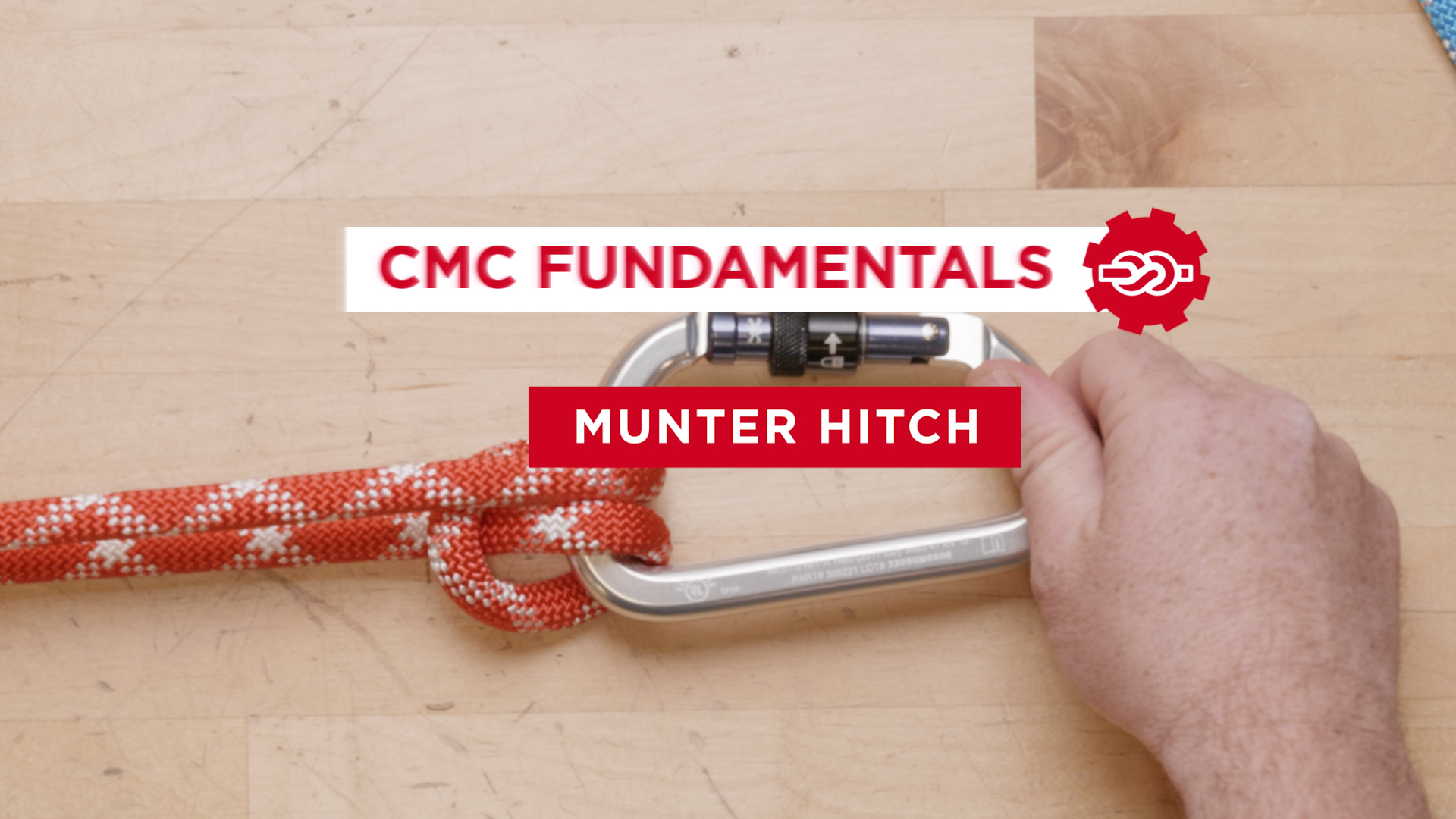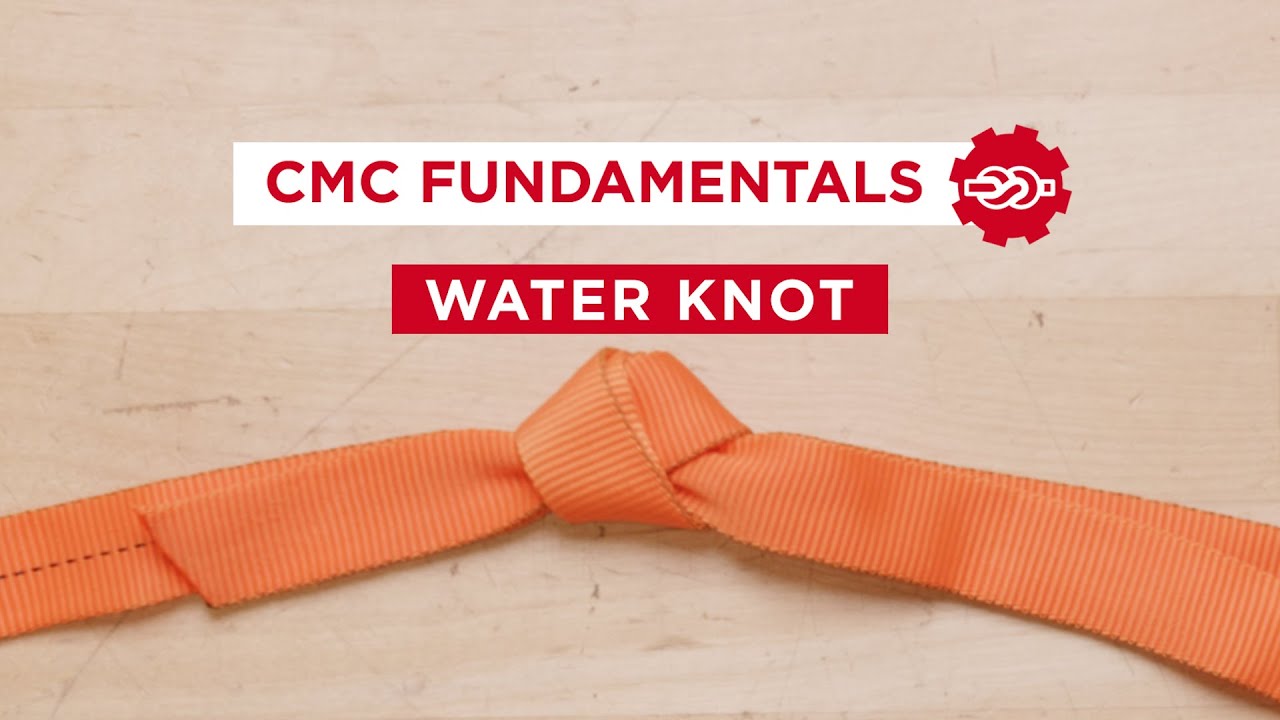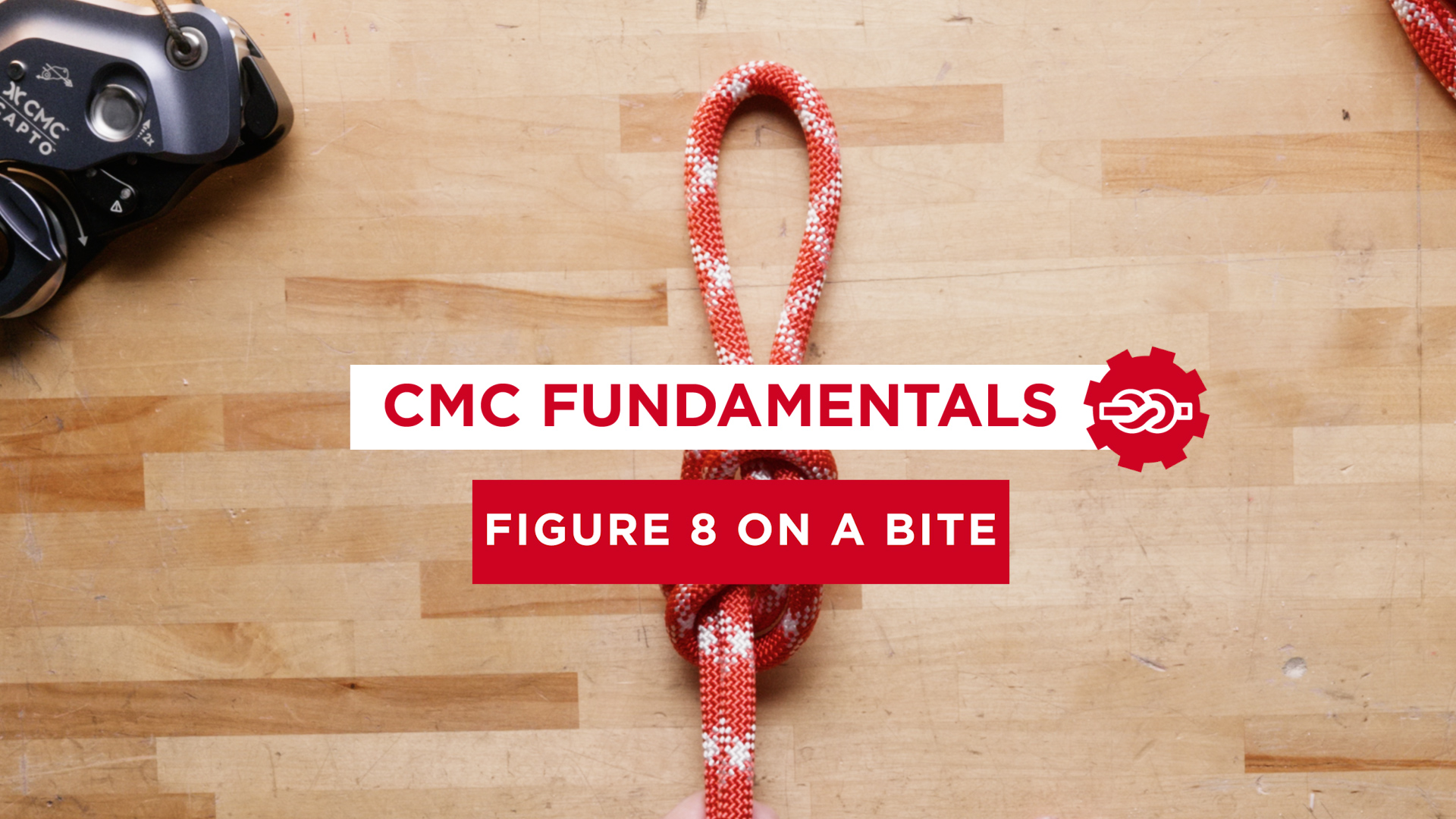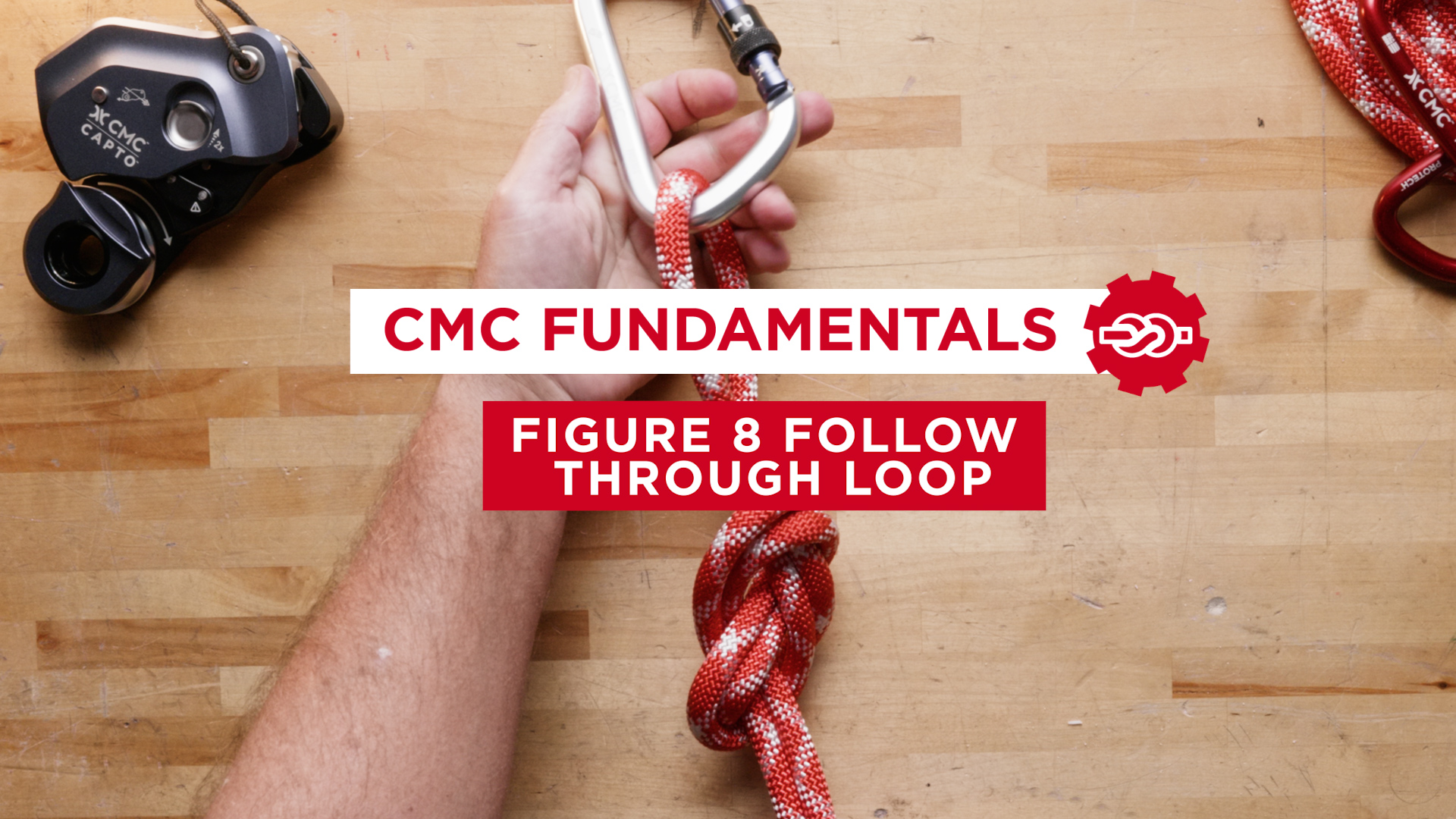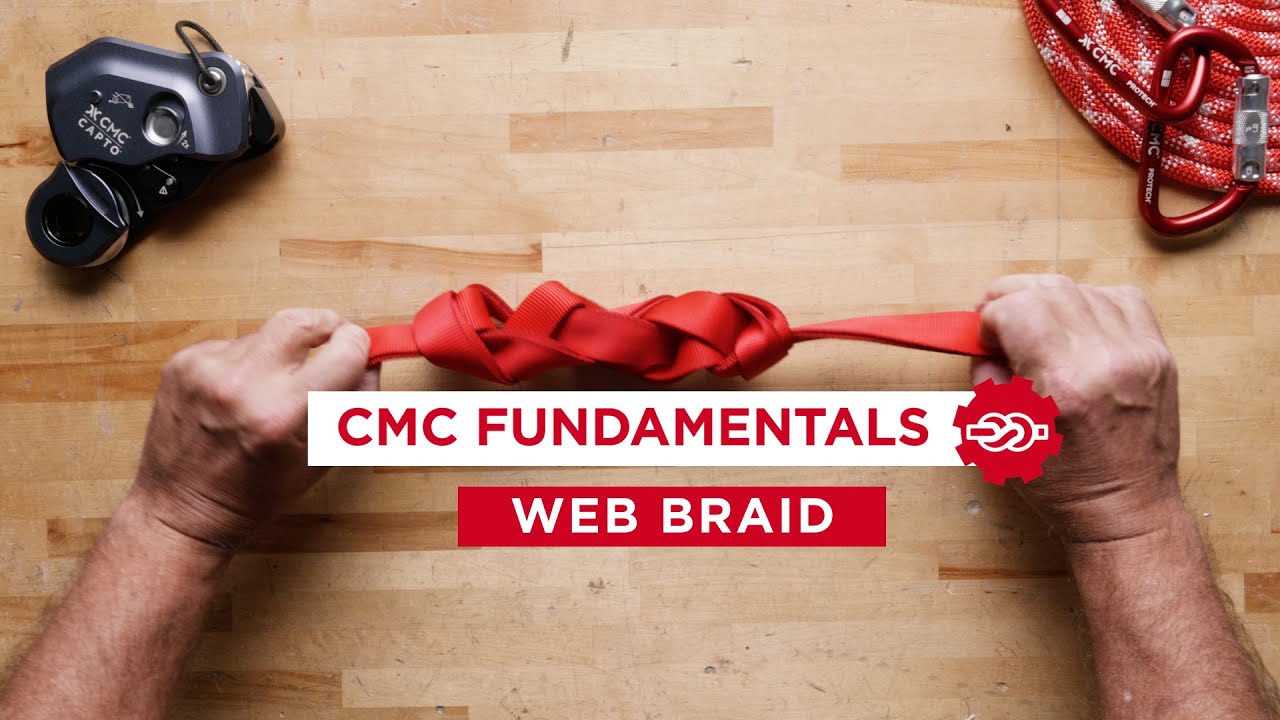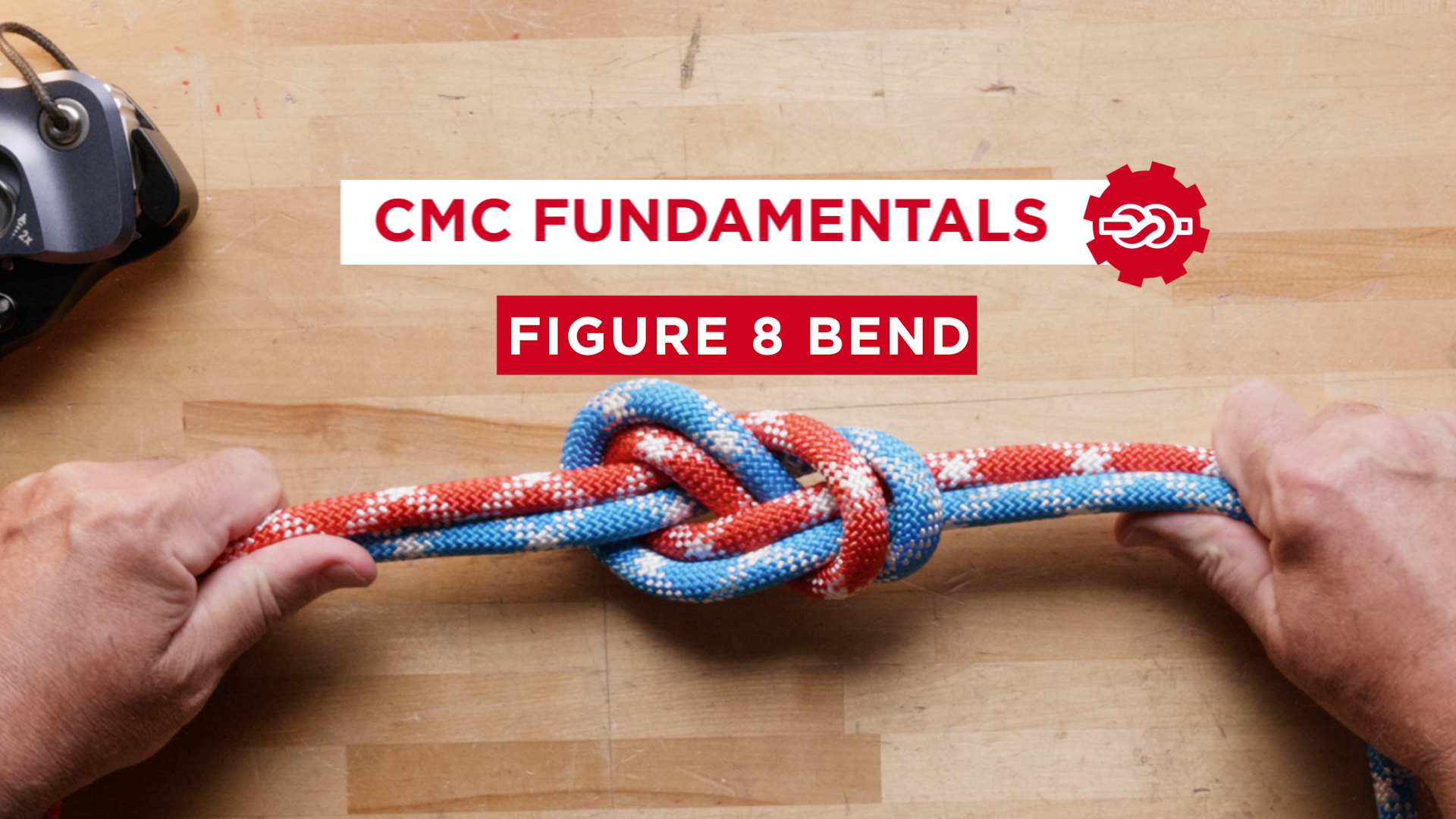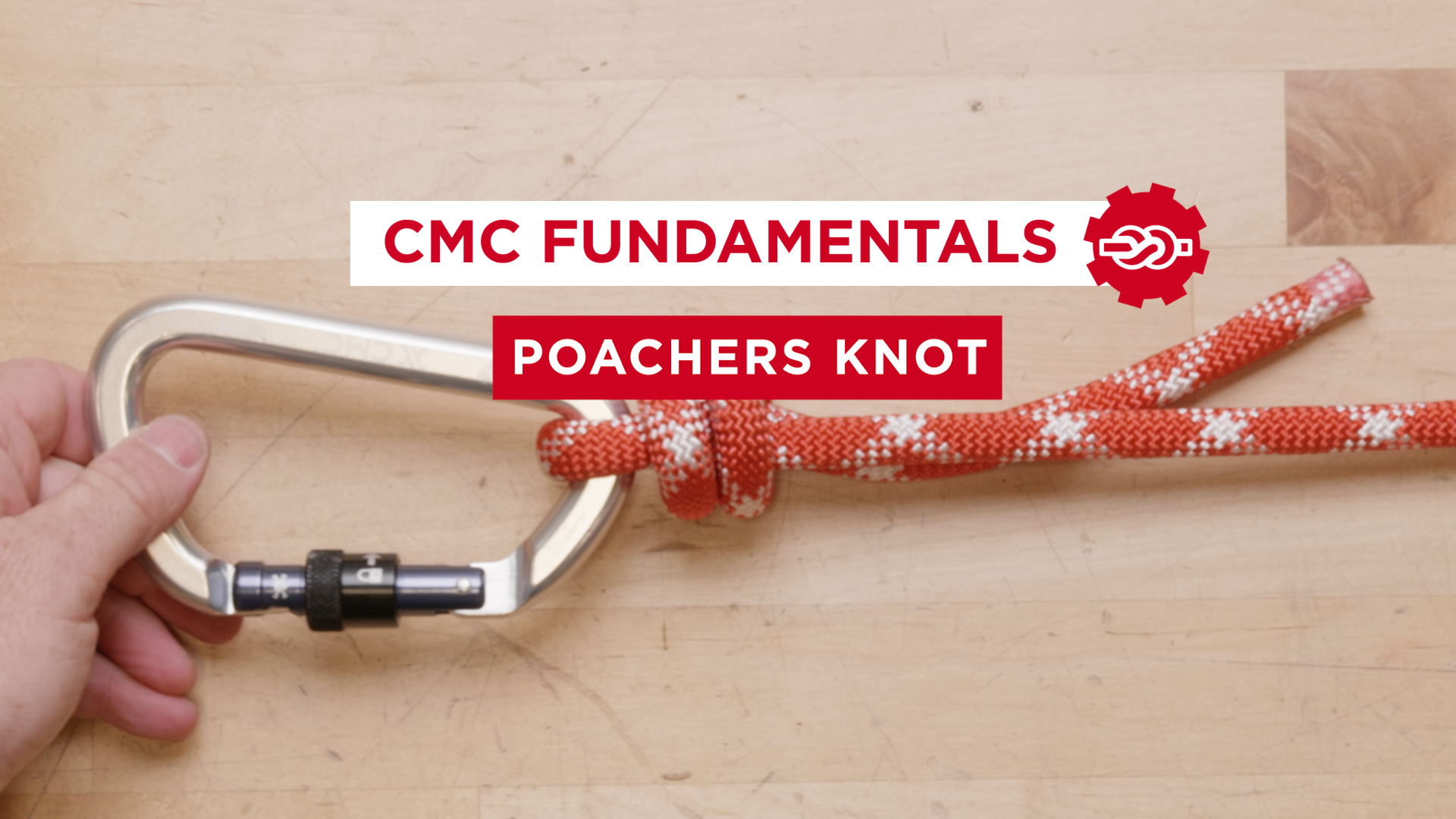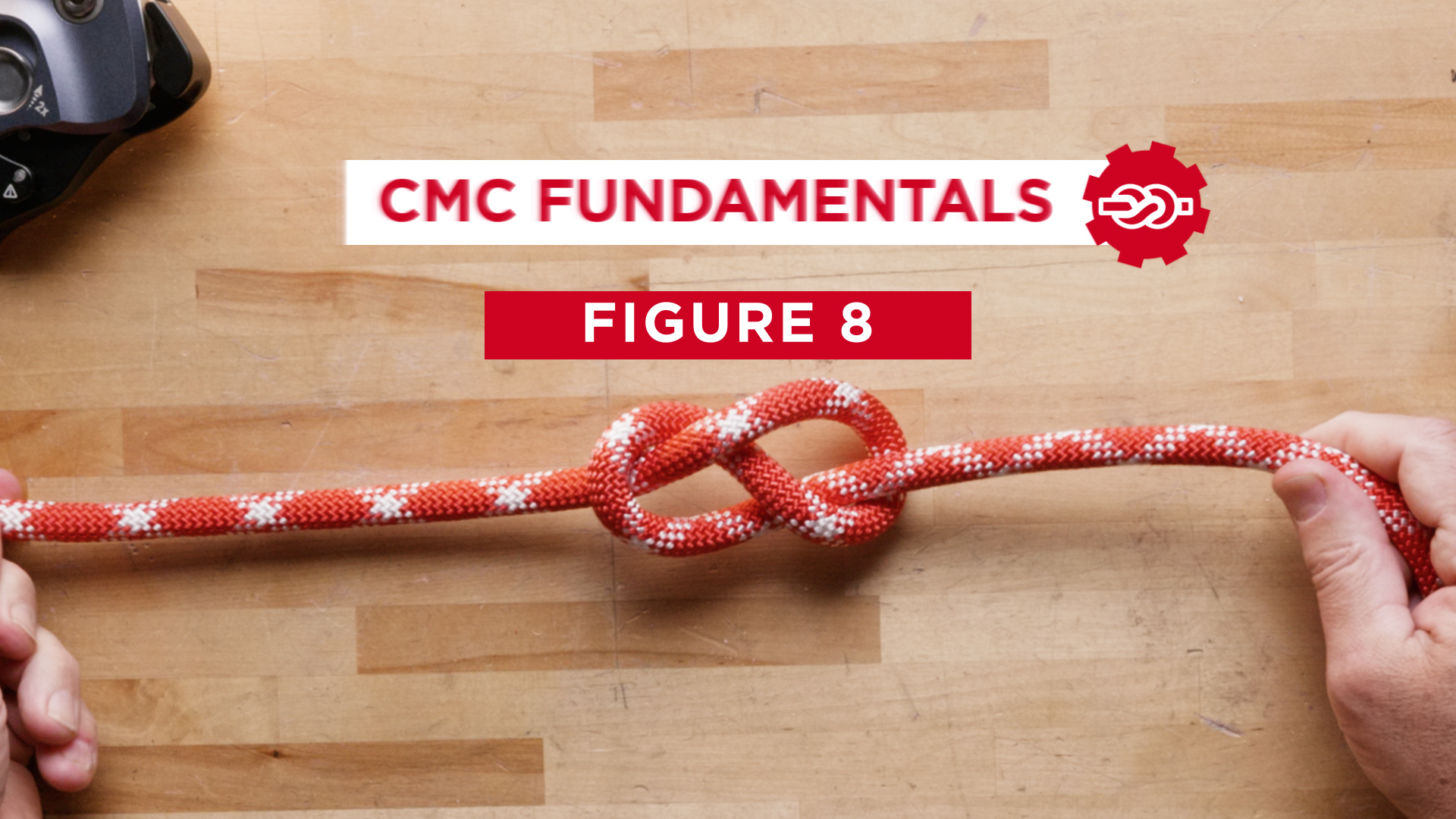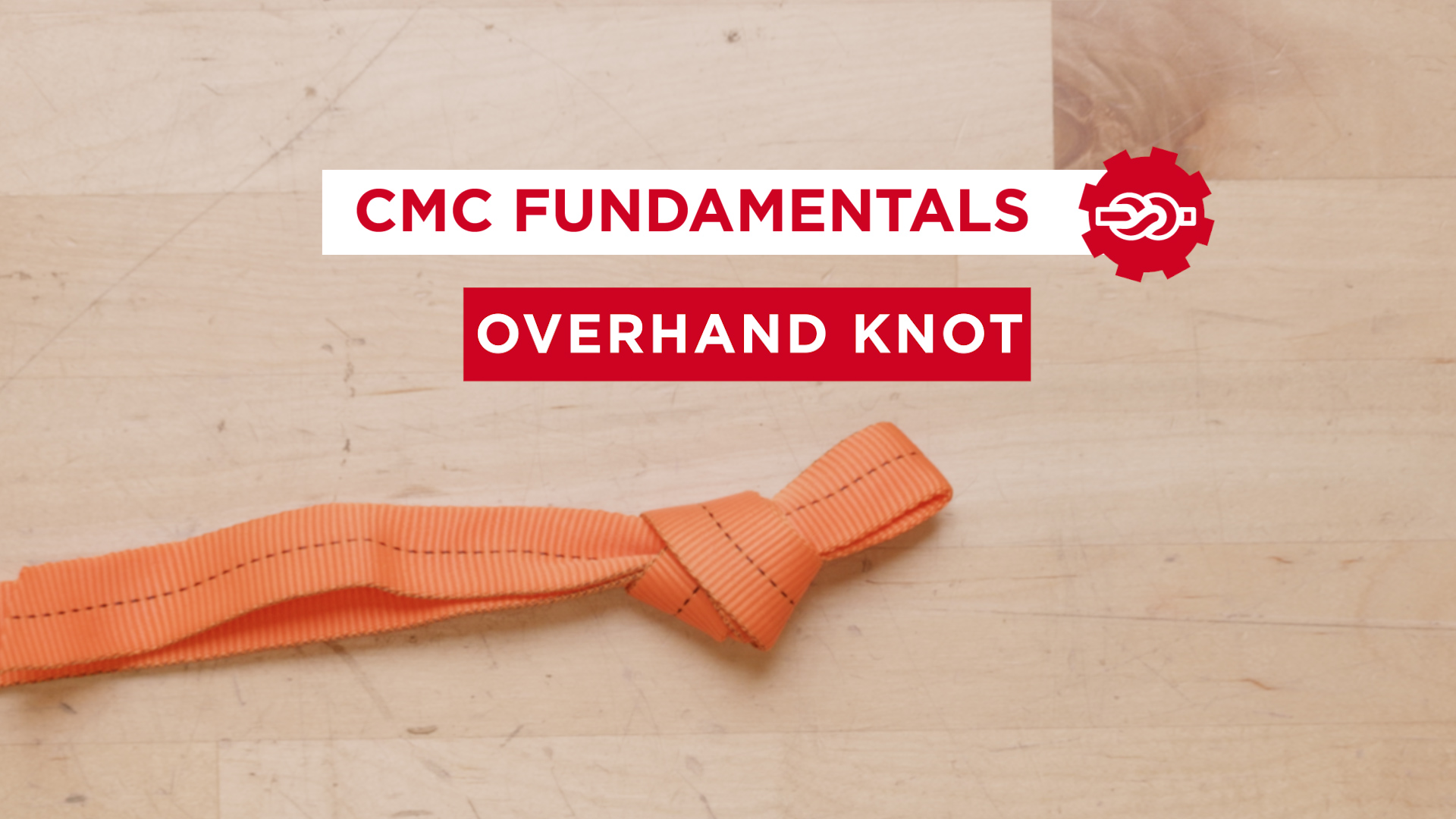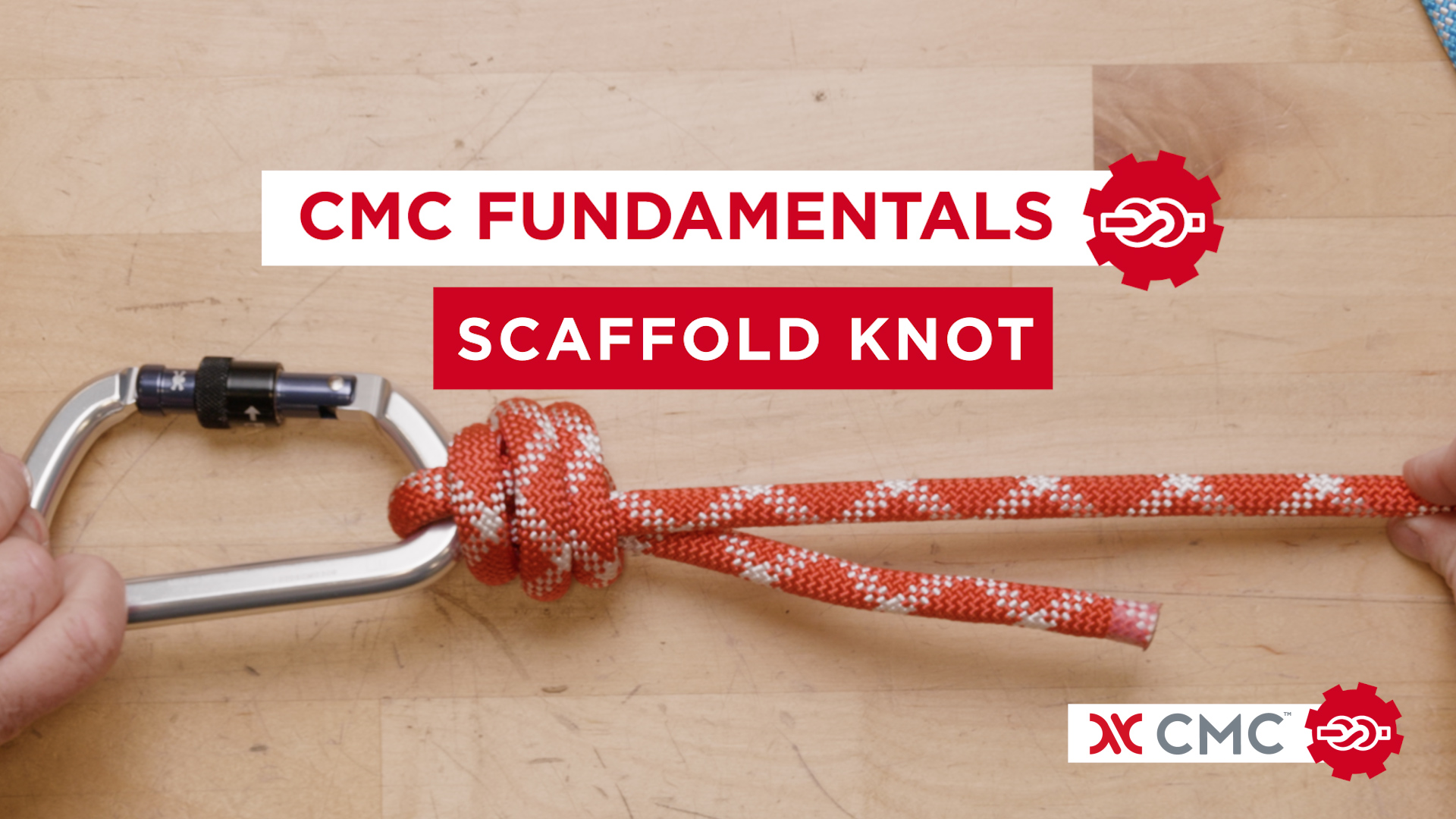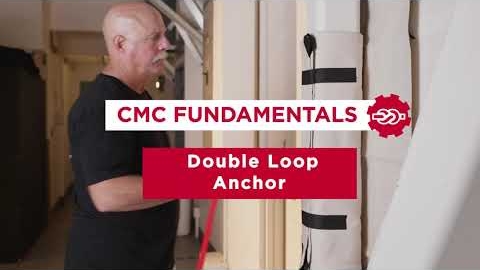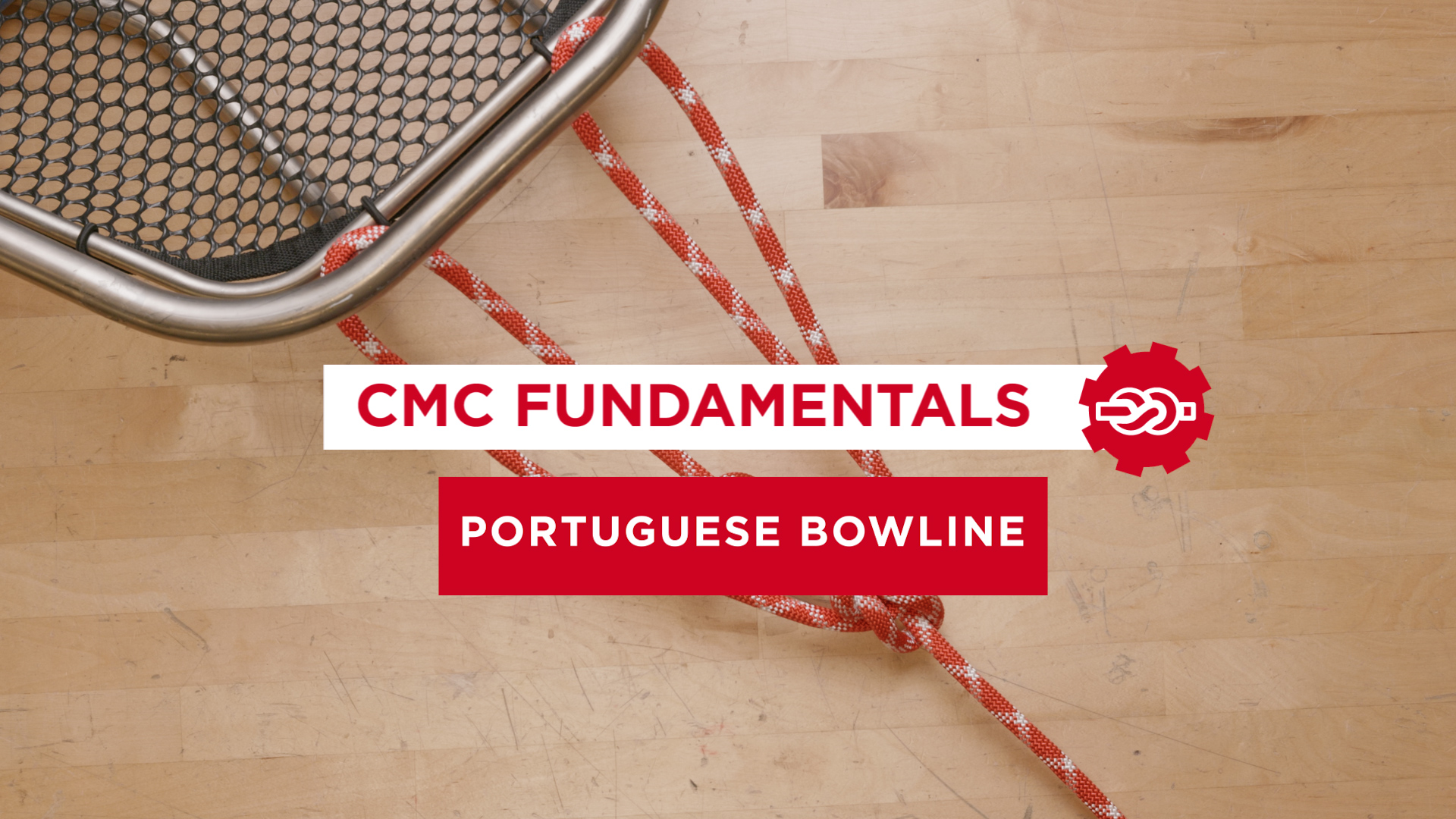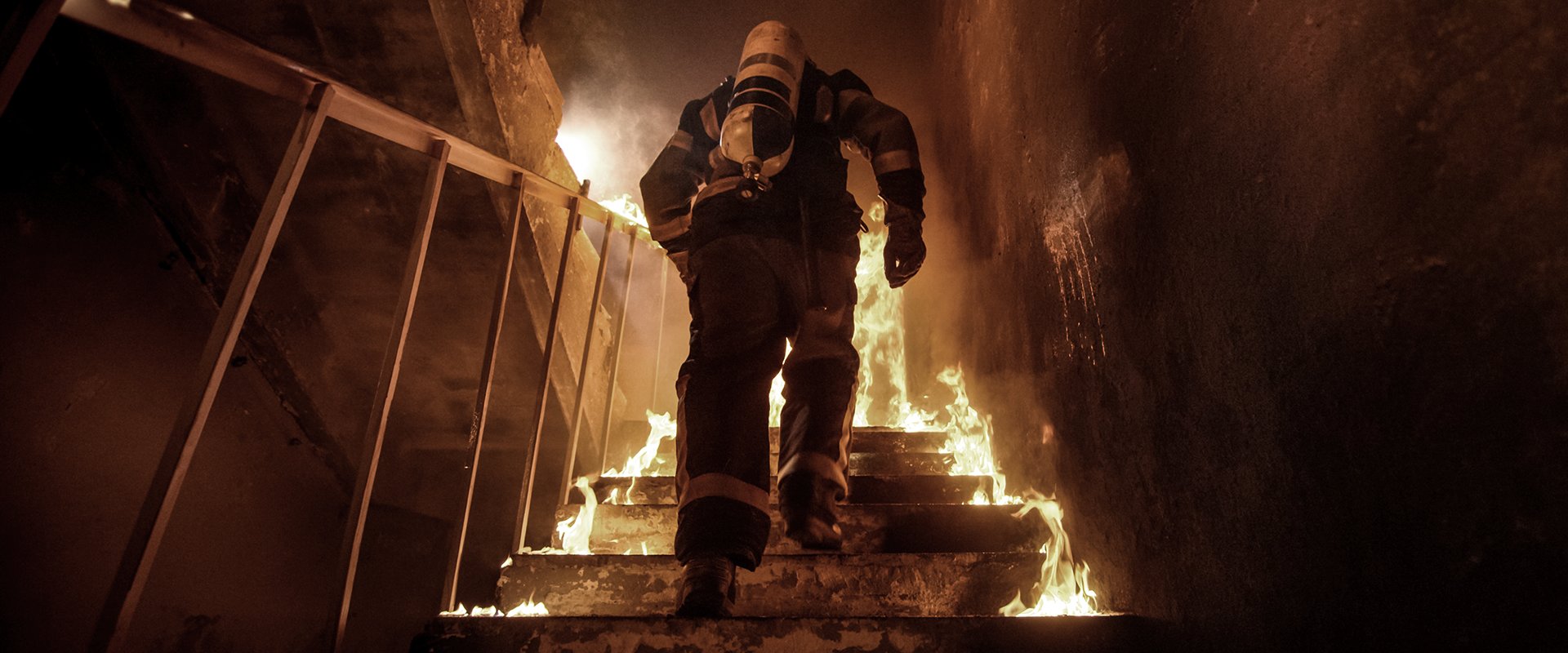
The Importance of Bailout Systems to Firefighter Safety
Over the past decade, our industry has begun to place even greater emphasis on firefighter safety. We’ve established Rapid Intervention Crews (RIC) – whose sole job is dedicated to the search, rescue, and extrication of lost or down firefighters – and we now prioritize the “softening” of structures during firefighting activities, to best ensure safe and easy entry and exit.
However, while we’ve made very important strides in enhancing the overall safety and security of our firefighters, more can still be done – particularly around the mass adoption of certified standard-issue bailout systems.
What is a bailout system?
Bailout systems provide quick, efficient, and safe methods for escaping a fire when standard methods of departure – via stairs, elevator, or a ladder – are not possible. The system allows firefighters to bail out of, for example, multi-story residences, apartment complexes, or office buildings, through an unconventional means of exit, such as through a window, using three primary components: the hook, the rope or cord, and the descender.
The Hook: The escape hook allows the system to anchor to a solid and sturdy point on the structure such as a windowsill or remote anchor and supports the weight of the firefighter.
The Safety Line: The fire-rated rope or web is used to securely lower the firefighter. This line is usually 8mm (cord) or 11mm (web) in width and is typically 50 feet in length.
The Descender: The descender integrates with a safety line and allows firefighters to safely and securely control their descent from the point of egress to the ground level or other area of safety.
Makeshift Bailout Systems vs. Standard-Issue Bailout Systems
Many departments understand the importance of bailout systems, yet forgo proper standard-issue systems for makeshift systems built using rope and carabiners. While no doubt cheaper than standard-issue systems, they don’t deliver nearly the same degree of safety or reliability – which is essential for a system that is used during the most dangerous and unpredictable situations.
The reality is that when things go haywire, and you become disoriented, you need a bailout system that’s completely foolproof, can be set up easily in the midst of chaos, and is backed by both a leading manufacturer, their hundreds of hours of testing, and 3rd party industry certifications. You need a system that will work 100% of the time when you need it to.
Key Features of Today’s Best Bailout Systems
Today’s most effective and innovative bailout systems emphasize two key features: intuitiveness and compactness.
Intuitiveness: Bailout systems, by nature, are used during highly volatile, unpredictable, and chaotic scenarios. Your plan has fallen apart, your points of exit are no longer accessible, and you need to act fast. During moments like these, you don’t just need a bailout system; you need an intuitive bailout that can be set-up effortlessly without a lot of thought. Your ability to set up the system must be a second nature so you can focus your attention on the many variables and completing the exit in the shortest possible time.
Compactness: The vast majority of jobs won’t require the use of a bailout system. And with any luck you’ll never have to use yours. With that in mind, today’s top bailout systems are small and compact enough that, while easily accessible, don’t get in the way of your normal firefighting duties. They fit tightly mounted on one’s air pack or one’s turnout gear and are lightweight enough that it isn’t felt during day-to-day operations. Leading manufacturers are now custom-designing bailout systems for departments that fit within specific pockets of turnout gear already in service. They’re there when you need it, but not noticeable when you don’t.
Firefighter Safety is Community Safety
As firefighters, we first and foremost serve and protect our communities. We invest countless hours to training so that, when called upon, we’re adequately equipped with the procedural expertise, equipment and conditioning to best ensure the safety and security of our community.
Community safety begins with firefighter safety. If we’re injured or disabled as the result of, say, using a makeshift system to bail out of a building, our team and thereby our community are placed at a significant disadvantage.
We have a responsibility to both our team and community to equip ourselves with the gear that can substantially increase our safety and ability to perform whenever we’re called upon.
About the Author:
Alan Baker is a Fire Engineer with the Newport Beach Fire Department (CA) and a rescue instructor with CMC, the industry-leading rescue and rope access company that debuted its all-new bailout system – LEVR System – at FDIC 2018. For more information on Alan, visit www.cmcpro.com/alan-baker.
For more information on the LEVR System, visit www.cmcpro.com/levr.

